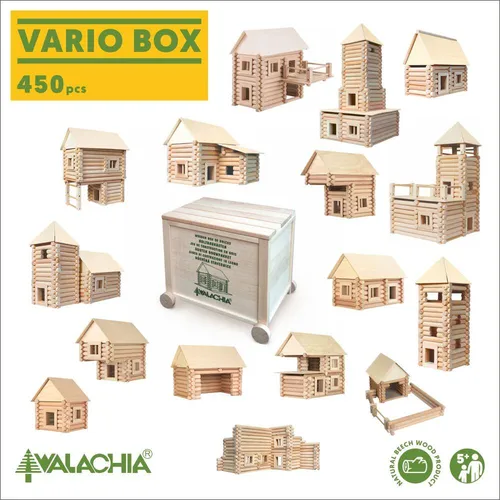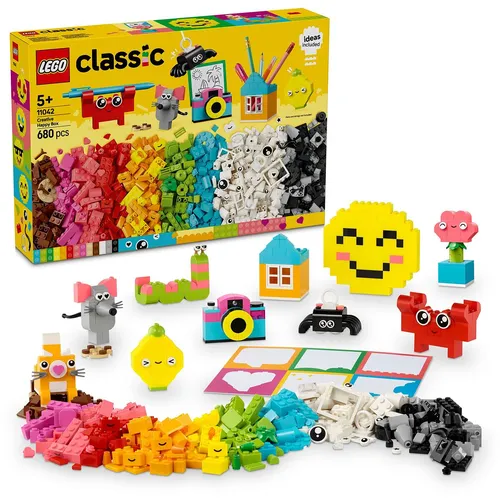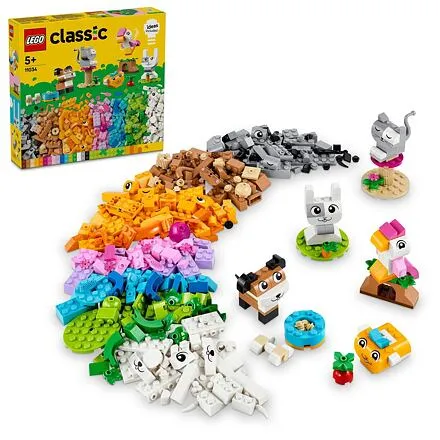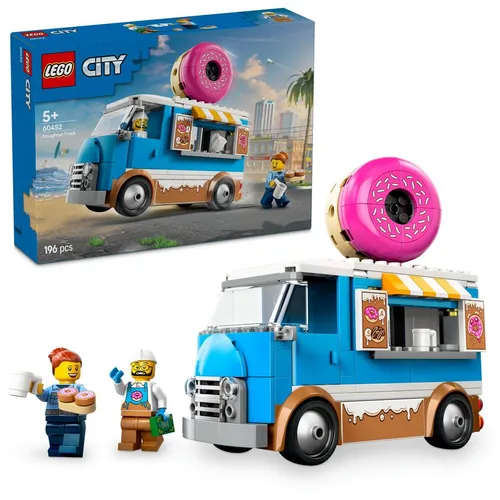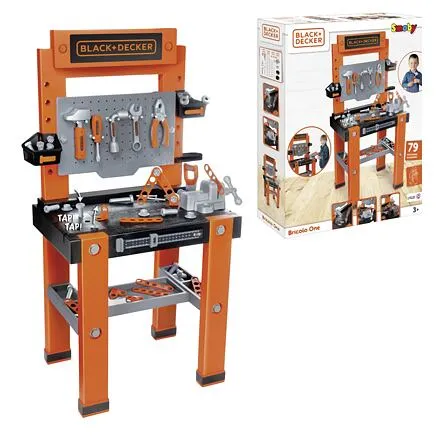Building Toys
Building toys are a captivating category within the realm of toys and games, designed to inspire creativity, enhance problem-solving skills, and promote fine motor development in children and adults alike. These versatile products are intended for a wide range of users, from toddlers exploring their first construction sets to older children and even adults who enjoy complex building challenges. Building toys can take many forms, including traditional blocks, interlocking bricks, magnetic tiles, and advanced robotics kits, each offering unique opportunities for imaginative play and learning.
When selecting building toys, several key factors should be considered to ensure the best fit for the intended user. First, age appropriateness is crucial; many building sets are designed with specific age ranges in mind, ensuring that the pieces are safe and suitable for the developmental stage of the user. Additionally, the material of the building toys plays a significant role in their durability and safety. Common materials include plastic, wood, and metal, each offering different tactile experiences and levels of sturdiness. For instance, wooden blocks are often favored for their natural feel and durability, while plastic bricks may offer more versatility in design and color.
Another important parameter to consider is the complexity of the building set. Some toys are designed for simple assembly, making them ideal for younger children, while others feature intricate designs and advanced engineering concepts that can challenge older users. Features such as compatibility with other building systems, the inclusion of themed sets, and the availability of additional accessories can also enhance the play experience. For example, sets that allow for expansion or integration with other toys can provide endless possibilities for creativity and exploration.
While building toys offer numerous advantages, there are also some disadvantages to consider. For instance, smaller pieces can pose a choking hazard for younger children, so it is essential to choose sets that are appropriate for their age. Additionally, some building toys may require adult supervision during assembly, especially those with complex components or electronic parts. On the other hand, the benefits of building toys are substantial; they encourage critical thinking, improve spatial awareness, and foster collaboration when children work together on projects.
To maximize the enjoyment and longevity of building toys, proper care and maintenance are essential. Regularly inspecting the pieces for wear and tear can help prevent accidents and ensure that the toys remain safe for use. Cleaning the toys according to the manufacturer's instructions is also important, as dirt and grime can accumulate over time, especially with frequently handled pieces. For plastic toys, a simple wash with mild soap and water is often sufficient, while wooden toys may require a more gentle approach to avoid damage.
To get the most out of building toys, consider combining them with other educational resources or play materials. For example, integrating building sets with art supplies can encourage children to create themed environments or stories around their constructions. Additionally, using building toys in conjunction with STEM (science, technology, engineering, and mathematics) activities can enhance learning experiences, making them both fun and educational. Engaging in group play or collaborative projects can also foster social skills and teamwork, making building toys a valuable addition to any playroom.
In conclusion, building toys are a dynamic and enriching category that offers endless opportunities for creativity and learning. By considering factors such as age appropriateness, material quality, and complexity, parents and caregivers can select the best products for their children. With proper care and creative integration into playtime, building toys can provide lasting enjoyment and developmental benefits for users of all ages.
show more text


